- Home
- UFAI in the News
- UFAI Medical Publications
- Power of Pediatric Flexible Flatfoot Procedures
Power of Pediatric Flexible Flatfoot Procedures
- Published 3/1/2023
- Last Reviewed 3/1/2023

Written by: Dr. Bob Baravarian, DPM, FACFAS
Patients with pediatric flatfoot deformity may present commonly to foot and ankle surgeons’ offices and the condition can prove fairly complex to work through. Although I personally find a majority of patients will improve and stabilize with the use of over-the-counter insoles or orthotics to alleviate their foot and ankle pain, there is a subset of pediatric flatfoot cases that require surgical intervention to address the deformity. In my experience, these patients have multiplanar deformities, which require correction through different procedures for different needs.
Although there are a multitude of procedures available, there are a select few that I have found to be my go-to options for pediatric flatfoot correction, and I will share them, along with relevant evaluation and examination pointers, in this article.
Considerations at the Initial Visit
Unlike most of our patients, pediatric patients rarely, if ever, come in without a parent; therefore, the “patient” is both the parent and the child. Often, the parent is concerned with their child’s foot and ankle position, and has a stronger desire, compared to the child, to address the concern. As a result, it is important to focus on the child’s presenting condition and to not become fixated on the parent and their commentary. I often will try, when possible, to have the parent observe and stay out of the conversation so I can figure out how the child truly feels.
My questioning of the child mainly focuses on their activity level, what they like to do, what they can and can’t do because of their feet, and what bothers them. Can they run? Can they play sports as much as they would like? Do they have pain or just an asymptomatic flat foot or feet? In many cases, the child does not have any major pain, and can exercise without much problem. Instead, I find it is often the parent who just doesn’t like the child’s flat feet. This is essential to consider in your treatment guidance. In my experience with such cases, many patients will benefit from orthotics with proper arch alignment and shoe recommendations in addition to Achilles and calf stretching as their foundational care.
The type of orthotic I choose will range from a standard supportive device to a very deep heel cup UCBL-type device based on the needs of the patient. Usually I recommend new orthotics with every full size shoe change until the patient is fully grown and growth plates are closed. At that point, I will remake orthotics every 2–3 years based on need and amount of use. Children and teenagers are much harder on orthotics than adults and new devices may be necessary earlier than with adults.
Conducting the Exam
My examination of the patient is mainly musculoskeletal and biomechanical. It is important to examine the patient in a standing and seated position for full assessment. On standing, I check the position of the foot in all three planes. What is the amount of lateral deviation of the midfoot, the level of collapse of the arch, the calcaneovalgus level and any elevation of the first metatarsal with standing? Furthermore, I ask the patient to perform a squat to see if there is an increase in arch collapse and foot pronation with anterior shift of the ankle during this maneuver.
I then assess the tightness of the calf and Achilles tendon structures in a seated position with a straight and bent leg during ankle dorsiflexion. If the straight leg test has less than neutral range of motion, I note the presence of gastrocnemius equinus. If the bent leg test also has less than neutral range of motion, an Achilles (or gastrosoleal) equinus is noted. In most cases, I have personally found the gastrocnemius is the culprit in equinus cases and I try to avoid lengthening the Achilles if possible to avoid overweakening in active children.
A seated exam then allows me to address the position and range of motion of the foot in all 3 planes. Medial and lateral deviation range of motion is also important at the midtarsal joint region. Heel varus to valgus range of motion is important in the subtalar, and rarely in the ankle, joints. Naviculocuneiform and metatarsal-cuneiform instability and range of motion, both dorsal and plantar, are important at those associated joints. One of the main missed issues that I see in pediatric flatfoot is determining flexible versus rigid forefoot varus deformity and how reducible that deformity is. In cases of flexible deformity, I find that osteotomy works better. Although osteotomy can also work well in rigid deformity cases, in my experience, fusion of the joints is more powerful, especially for larger forefoot varus cases.
Finally, consideration should be given to an accessory navicular, if present, whether painful or not. An accessory navicular may result in a weak posterior tibial tendon and may be a culprit in pediatric flatfoot. It is essential to consider that a nonpainful accessory navicular that is gorilloid may result in a weak posterior tibial tendon pull and consideration to removal of the accessory bone and reefing of the posterior tibial tendon should be in the back of the surgeon’s mind.
Insights on Effective Imaging
The most important imaging for pediatric flexible flatfoot deformity is a standard weight-bearing radiograph. It may be necessary to take radiographs in both normal stance and corrected foot position to see how the foot aligns. In such cases, standard angle and base of gait will show the regions of deformity and the amount of deformity while a corrected foot alignment will show hindfoot realignment and also show forefoot deformity after hindfoot realignment. For example, if there is a valgus heel position and it is realigned, a forefoot varus may be more easily visible.
Magnetic resonance imaging (MRI) is rarely necessary in flexible deformity cases but, in my experience, may have utility in a few situations, including:
- checking for posterior tibial tendon tear or fraying;
- checking for edema in the accessory navicular;
- evaluating the quality of the spring ligament; and
- investigating the possibility of a fibrous coalition if suspected.
A Guide to Conservative Care
As noted earlier, most pediatric flatfoot cases may respond well to an insole or orthotic. Proper posting of the orthotic for both forefoot and rearfoot alignment is essential to make sure the foot is properly positioned. I have found a slant board is also very helpful to stretch the calf and Achilles tendon and advise patients to stand on the slant board with both feet in shoes for about 5 minutes each the morning.
Rarely will I consider use of ankle-foot orthoses, as I find young adults and teens do not tolerate them well. I essentially only use them in nonoperative cases, mainly for either severe deformity or for athletes. Again, proper posting of the orthotic portion and cushioning of the medial malleolus and navicular regions will make for a more comfortable device, based on my observations.
When Pediatric Flatfoot Requires Surgery
My number 1 go-to procedure in pediatric flatfoot correction is an Evans calcaneal osteotomy (Figure 2). I find the procedure is exceptionally strong in the amount of correction it offers, it can be done at a young age as there is no growth plate in the region, and it does not increase forefoot varus during correction. Although subtalar implants are gaining in popularity and easy to perform, I have found subtalar implants hard to tolerate for patients and that, in my observation, the varus correction of the hindfoot increases forefoot deformity. With an Evans procedure, one can correct the heel valgus, along with the tall navicular unroofing and lateral deviation at the midtarsal joint.
Finally, by adding stretch to the peroneus longus tendon with an Evans procedure, there is a plantarflexion of the first metatarsal. All of these deformities are critical to correct in flexible flatfoot and that is why I find the Evans procedure to be the single most powerful deformity correction option.
I treat the forefoot in 2 different manners. In very hypermobile deformities, I will look for a naviculocuneiform sag or a hypermobile first ray. If there is a naviculocuneiform sag, I will fuse that joint. If there is a very hypermobile first ray, I will perform a first metatarsocuneiform fusion. However, in most cases, I find the Evans procedure will correct some of the laxity as the peroneus longus is put on stretch and that correction of the forefoot varus is often possible with a Cotton cuneiform osteotomy and plantarflexion of the first metatarsal and ray. It is important to consider the options prior to surgery and if there is doubt, in my experience, fusion is often a better option.
I have started to shy away from standard gastrocnemius or Achilles lengthening. If the foot can get close to neutral during examination, I will avoid a lengthening as it weakens the muscle/tendon a young patient and may prevent them from return to active, competitive sports. I will warn the patient and their parents that there may be a need for a lengthening in the future if pain or deformity persists; however, with proper preoperative planning I have found it rarely necessary to do a second surgery. If a lengthening is necessary, I will lengthen the medial gastrocnemius only and see how much motion I get. This is often enough and leaving the lateral muscle-tendon junction intact keeps some additional strength for the young patient.
Removal of the accessory navicular and imbrication of the posterior tibial tendon is also something to consider in pediatric patients. I find this will strengthen the pull on the medial column and will improve the function of the foot. If there is a spring ligament tear, this can be a serious problem and a difficult one to fix. There are a few options such as an internal brace or fusion of the talonavicular joint that can work well but my personal option is to perform a repair of the spring ligament directly with anchors into the navicular and imbrication of the spring ligament with argumentation with an Artelon graft (Artelon). The graft is fairly strong, in my observation, and can be incorporated into the distal posterior tibial tendon to add strength to the region. I have also found that the Evans calcaneal osteotomy will reduce strain on the talonavicular joint and needs to be considered essential in spring ligament tears.
In Conclusion
With proper planning and a detailed surgical repair of pediatric flexible flatfoot, patient can have a wonderful and longstanding result. It is important to plan ahead for all 3 planes of deformity and to consider which surgical procedures will help correct the primary and secondary deformities. Finally, postoperative gait training and foot and ankle strengthening will help the patient return to full activity and even high-level competitive sports post surgery.
Dr. Baravarian is an Assistant Clinical Professor at the UCLA School of Medicine. He is the Director and Fellowship Director at the University Foot and Ankle Institute in Los Angeles.
 Dr. Baravarian and his team are simply the best. Dr. Baravarian himself spent a lot of time with me and then responded to my em...Michael K.
Dr. Baravarian and his team are simply the best. Dr. Baravarian himself spent a lot of time with me and then responded to my em...Michael K. I liked it.Liisa L.
I liked it.Liisa L. I depend on the doctors at UFAI to provide cutting edge treatments. Twice, I have traveled from Tucson, Arizona to get the car...Jean S.
I depend on the doctors at UFAI to provide cutting edge treatments. Twice, I have traveled from Tucson, Arizona to get the car...Jean S. Dr Franson and staff were excellent. They took the time to answer every question clearly and I didn't feel rushed at all. The w...Sesly E.
Dr Franson and staff were excellent. They took the time to answer every question clearly and I didn't feel rushed at all. The w...Sesly E. They helped me in an emergency situation. Will go in for consultation with a Dr H????
They helped me in an emergency situation. Will go in for consultation with a Dr H????
Re foot durgeryYvonne S. It went very smoothly.Maria S.
It went very smoothly.Maria S. My experience at the clinic was wonderful. Everybody was super nice and basically on time. Love Dr. Bavarian and also love the ...Lynn B.
My experience at the clinic was wonderful. Everybody was super nice and basically on time. Love Dr. Bavarian and also love the ...Lynn B. I fill I got the best service there is thank youJames G.
I fill I got the best service there is thank youJames G. My experience with your practice far exceeded any of my expectations! The staff was always friendly, positive and informative. ...Christy M.
My experience with your practice far exceeded any of my expectations! The staff was always friendly, positive and informative. ...Christy M. On time appointments, Dr. Jafary is calm when explaining problem and patient with my questions. I have recommended family membe...Virginia B.
On time appointments, Dr. Jafary is calm when explaining problem and patient with my questions. I have recommended family membe...Virginia B. Love Dr. Johnson.Emily C.
Love Dr. Johnson.Emily C. I am a new patient and felt very comfortable from the moment I arrived to the end of my visit/appointment.Timothy L.
I am a new patient and felt very comfortable from the moment I arrived to the end of my visit/appointment.Timothy L.
-
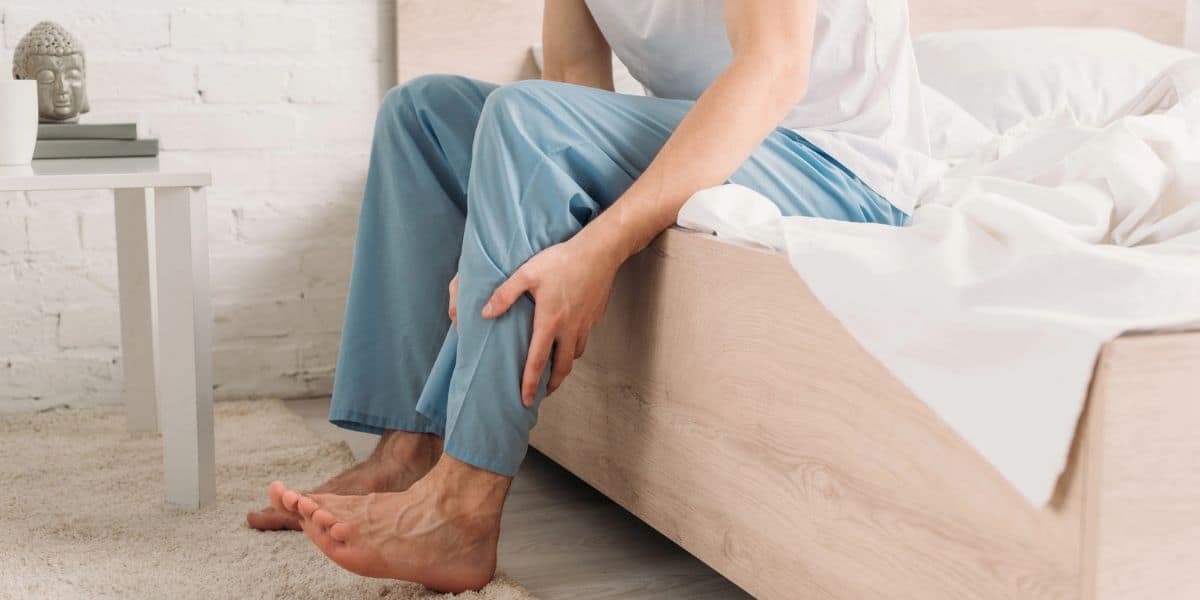 Listen Now
What Are Shin Splints?
Read More
Listen Now
What Are Shin Splints?
Read More
-
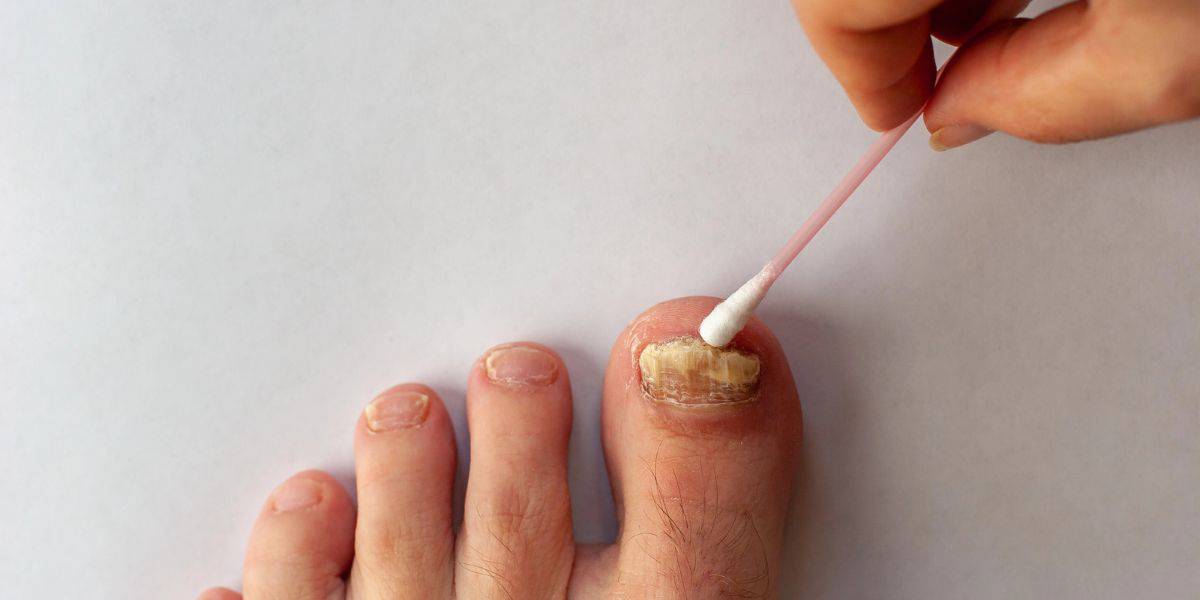 Listen Now
What To Do When Your Toenail Is Falling Off
Read More
Listen Now
What To Do When Your Toenail Is Falling Off
Read More
-
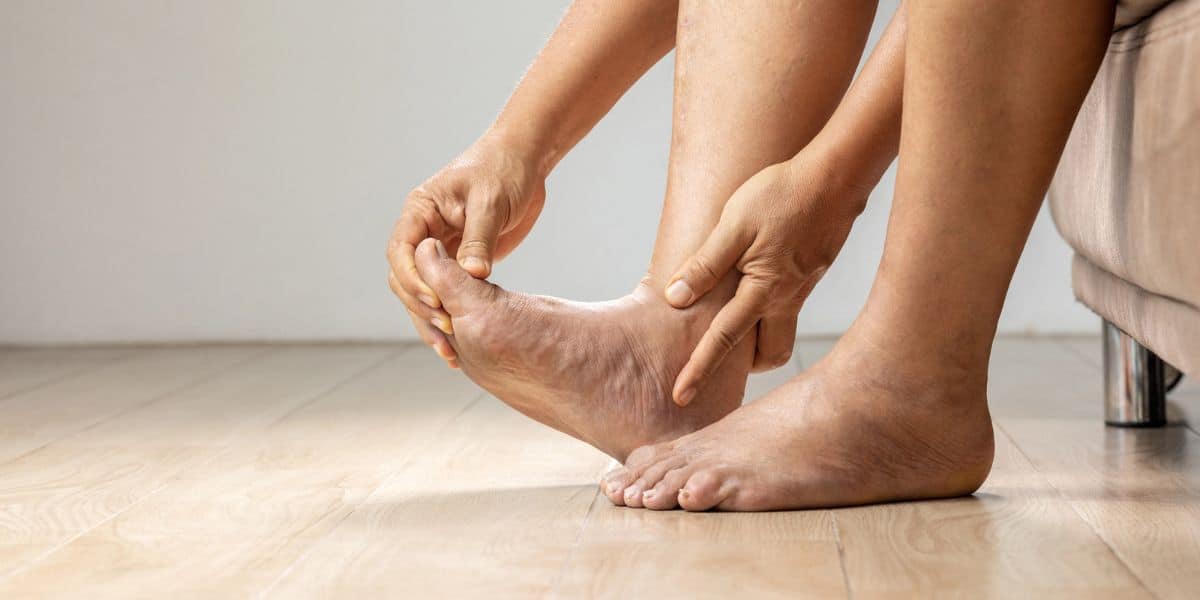 Listen Now
Top 10 Non-Surgical Treatments for Morton's Neuroma
Read More
Listen Now
Top 10 Non-Surgical Treatments for Morton's Neuroma
Read More
-
 Listen Now
15 Summer Foot Care Tips to Put Your Best Feet Forward
Read More
Listen Now
15 Summer Foot Care Tips to Put Your Best Feet Forward
Read More
-
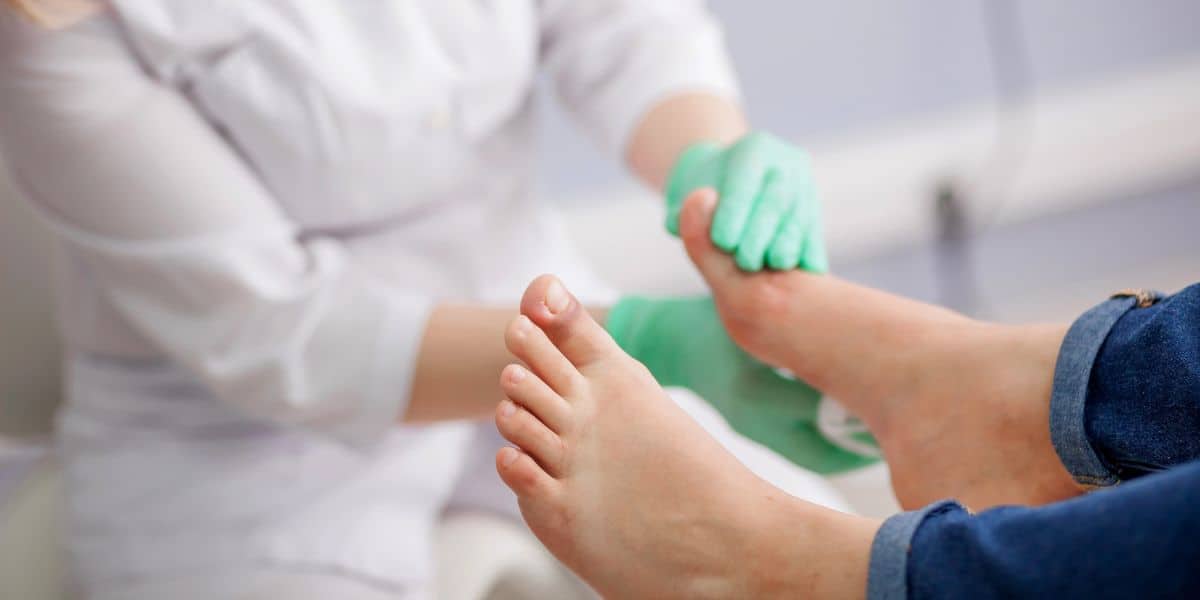 Listen Now
Non-Surgical Treatment for Plantar Fasciitis – What Are Your Options?
Read More
Listen Now
Non-Surgical Treatment for Plantar Fasciitis – What Are Your Options?
Read More
-
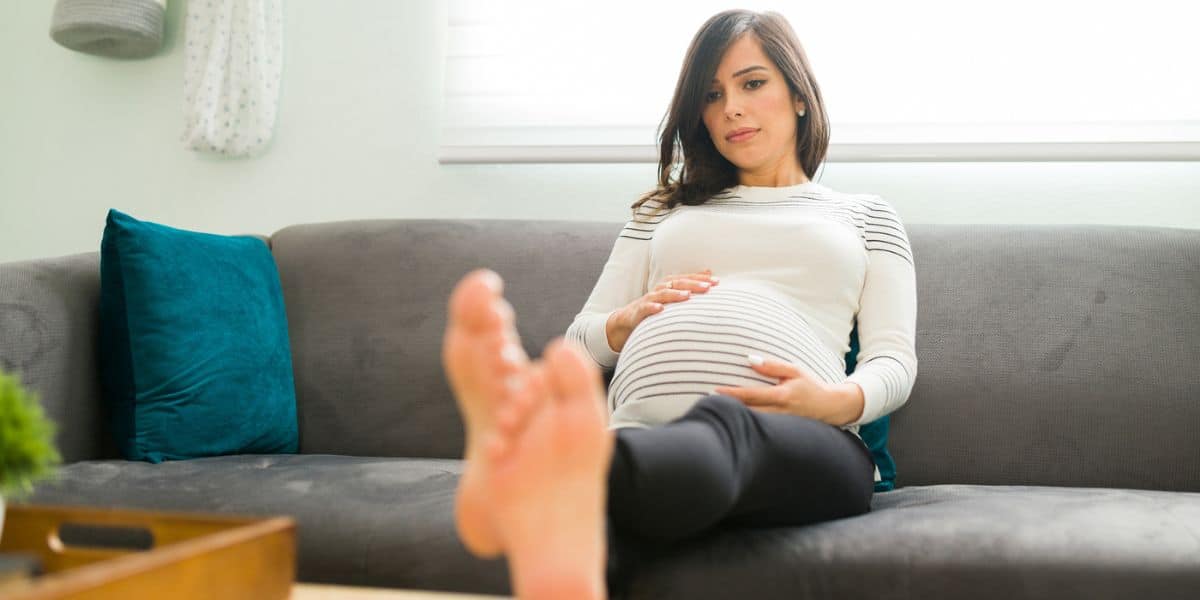 Listen Now
Swollen Feet During Pregnancy
Read More
Listen Now
Swollen Feet During Pregnancy
Read More
-
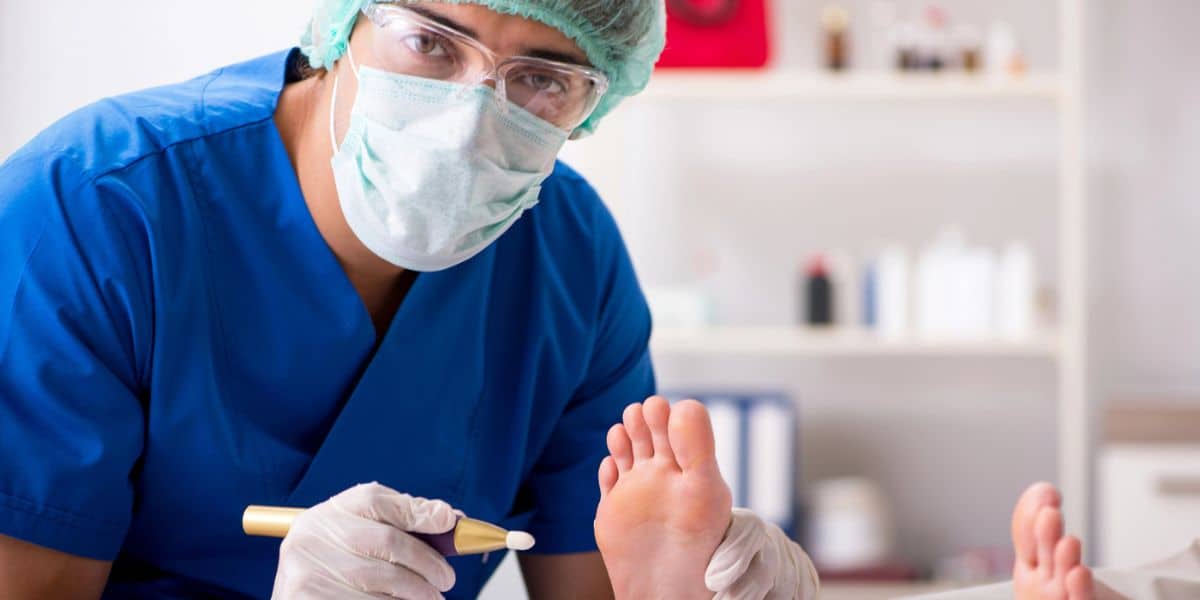 Listen Now
Should I See a Podiatrist or Orthopedist for Foot Pain and Ankle Problems?
Read More
Listen Now
Should I See a Podiatrist or Orthopedist for Foot Pain and Ankle Problems?
Read More
-
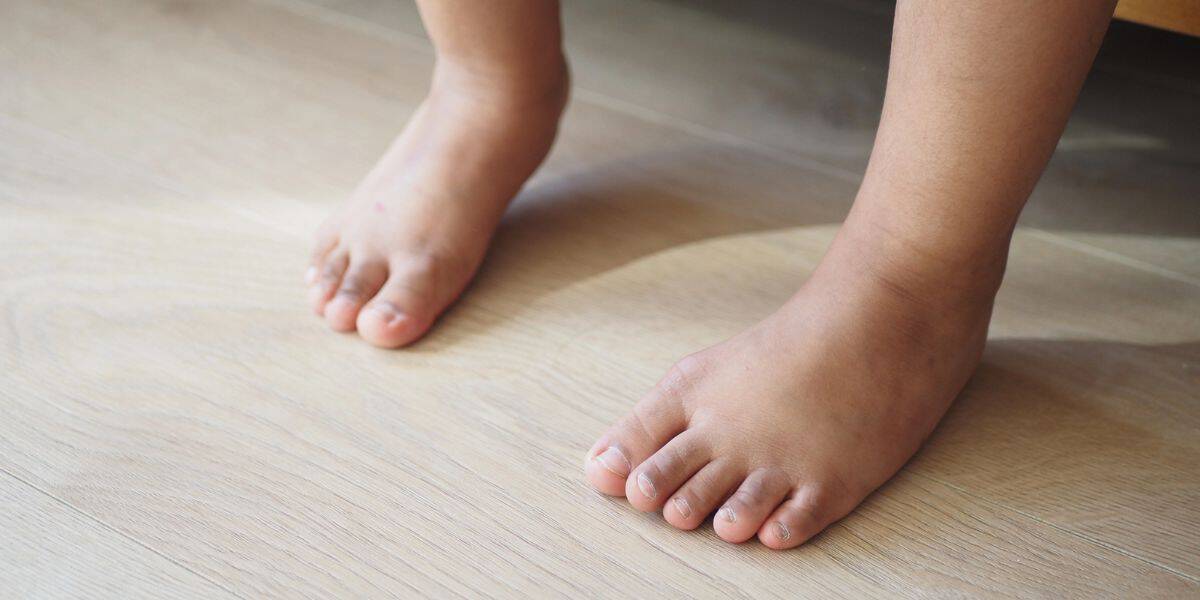 Listen Now
Pediatric Bunion Surgery
Read More
Listen Now
Pediatric Bunion Surgery
Read More
-
 Listen Now
Do Blood Pressure Medicines Cause Foot Pain?
Read More
Listen Now
Do Blood Pressure Medicines Cause Foot Pain?
Read More
-
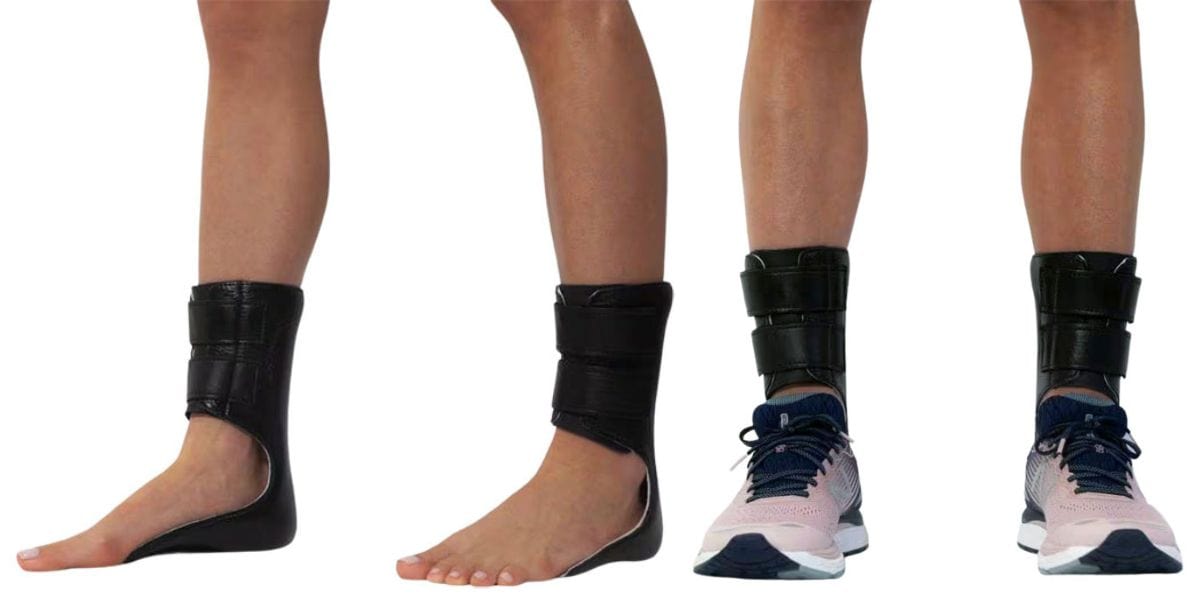 Listen Now
Moore Balance Brace: Enhance Stability and Prevent Falls for Better Mobility
Read More
Listen Now
Moore Balance Brace: Enhance Stability and Prevent Falls for Better Mobility
Read More
-
 Listen Now
Bunion Surgery for Seniors: What You Need to Know
Read More
Listen Now
Bunion Surgery for Seniors: What You Need to Know
Read More
-
 Listen Now
Is Bunion Surgery Covered By Insurance?
Read More
Listen Now
Is Bunion Surgery Covered By Insurance?
Read More
-
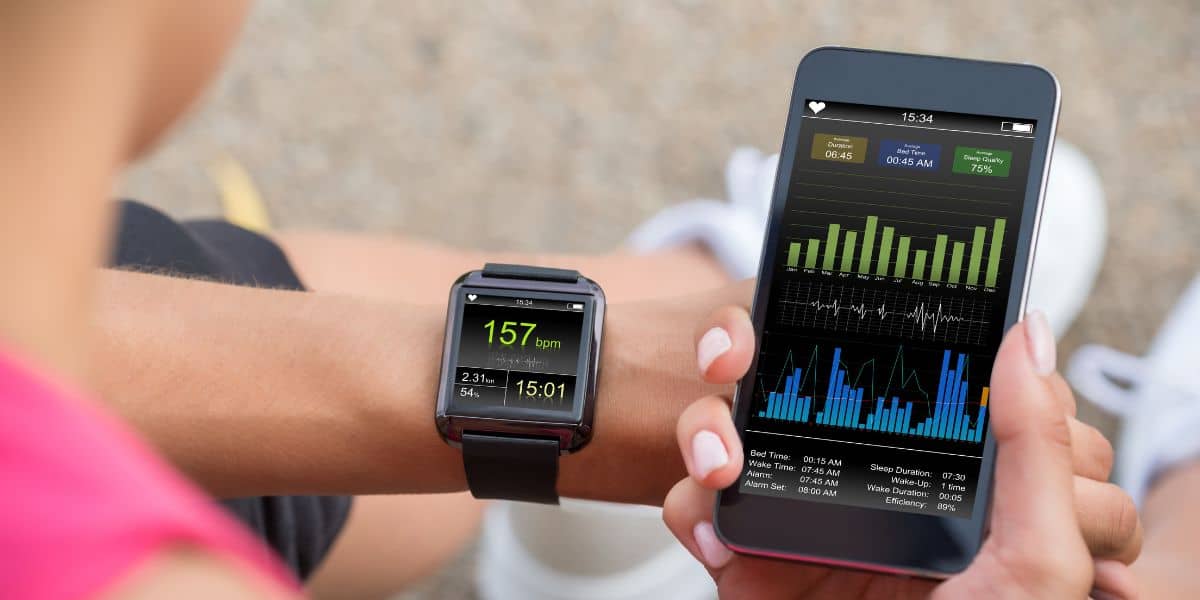 Listen Now
How Many Steps Do I Need A Day?
Read More
Listen Now
How Many Steps Do I Need A Day?
Read More
-
 Listen Now
Bunion Surgery for Athletes: Can We Make It Less Disruptive?
Read More
Listen Now
Bunion Surgery for Athletes: Can We Make It Less Disruptive?
Read More
-
 Listen Now
How To Tell If You Have Wide Feet
Read More
Listen Now
How To Tell If You Have Wide Feet
Read More














